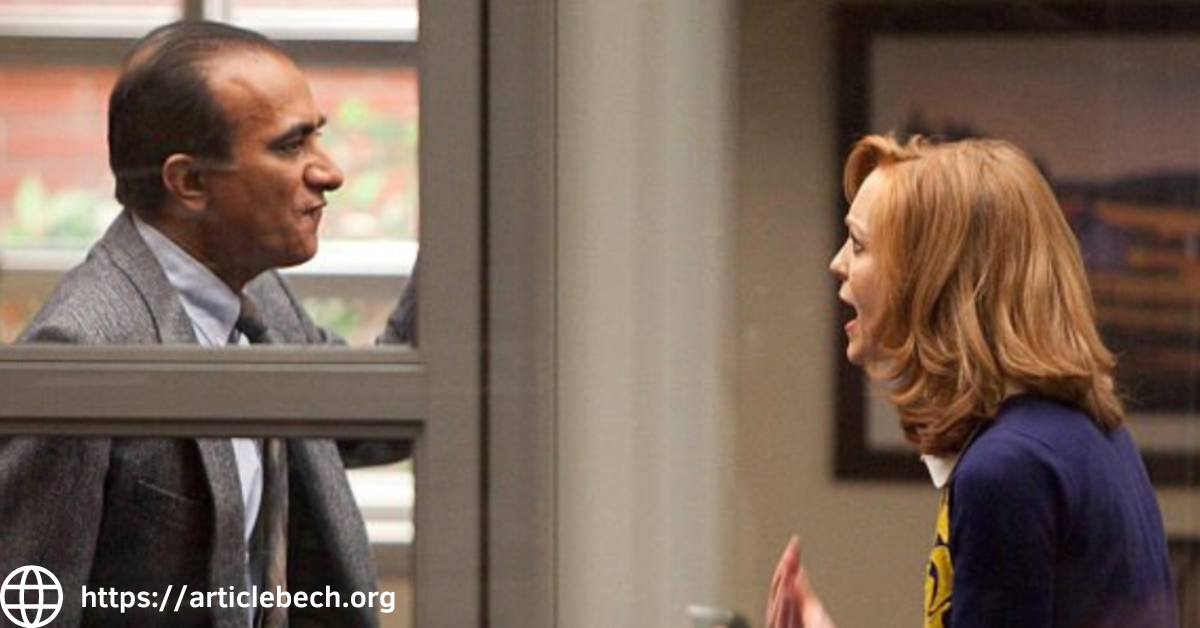
Investigating Educational Boundaries: Emma Versus Principal Figgins
Anthony
- 0
Dive into the heart of a fiery debate as Emma, a passionate educator, challenges the traditional leadership style of Principal Figgins over a groundbreaking school issue. This clash becomes a microcosm of the broader struggle for progressive education reform, with Emma advocating for student welfare and creative freedoms in the face of stringent policies.
Table of Contents
ToggleUnderstanding Principal Figgins: A Profile

Principal Figgins, the administrative head, upholds educational standards with a focus on discipline and academic rigor. His traditional leadership style reflects a commitment to the school’s legacy and resources, while Emma argues with Principal Figgins to push boundaries and explore innovative approaches to education.
Emma’s Fervent Advocacy for the Cause

Emma’s unwavering dedication manifests through evidence-based arguments, real-life examples, and strategic proposals. Her commitment to inclusivity and holistic development underlines the depth of her educational philosophy.
The Prelude: Seeds of Discontent
Tensions escalate due to issues like rigid dress codes, inflexible lunch policies, and questionable fund allocation. Emma, a meticulous school counselor, senses the strain, observing stifled creativity and faculty dissatisfaction.
The Crux of the Conflict:
- The argument stems from a newly implemented disciplinary policy at McKinley High.
- This policy aims to curb disruptive behavior among students, mandating strict consequences for minor infractions, including detention and suspension.
Emma’s Perspective:
- Emma believes that students thrive when they feel heard, respected, and supported.
- She champions restorative justice practices, favoring dialogue over punishment.
- Emma argues that punitive measures often exacerbate underlying issues and hinder growth.
Principal Figgins’ Viewpoint:
- Principal Figgins prioritizes order and discipline within the school.
- He contends that consistent enforcement of rules maintains a safe and structured environment.
- Figgins fears that leniency could lead to chaos and undermine the school’s reputation.
The Spark of the Argument
The disagreement centers on a newly implemented policy restricting student-led initiatives. Emma challenges its impact on student autonomy and the school’s role in fostering a supportive learning environment, while Principal Figgins defends the policy for maintaining educational standards.
The Controversial Policy Regarding Schools
The policy’s multifaceted nature sparks debate on curriculum reform, financial priorities, inclusivity measures, and safety protocols, creating a complex backdrop for the argument.
The Severe Conflict That Occurred
The disagreement intensifies as Emma and Principal Figgins clash over assertive communication, policy implications, emotional investment, and the tension between authority and advocacy.
Tension Rises As the Argument Escalates

Body language and tone signal the growing rift as Emma’s impassioned stance clashes with Principal Figgins’ composed defense, reaching a point where careful navigation is crucial.
Educational Ethics and Morals
Educational ethics and morals play a pivotal role, emphasizing a student-centric focus, inclusivity, fairness, autonomy, transparency, and accountability.
Resolution and Ongoing Tension:
- The conflict remains unresolved, creating an undercurrent of tension.
- Emma continues to advocate for student well-being, while Figgins stands firm on maintaining order
Mediation Efforts: Finding Common Ground
A neutral mediator facilitates dialogue, urging active listening and identifying shared objectives. “Win-win” solutions are explored, focusing on harmony between students, staff, and school policies.
The Long-Term Impact
The argument prompts policy reevaluation, stronger relationships, student empowerment, professional development, and a cultural shift, illustrating a dynamic transformation within the school community.
Conclusion
The clash between Emma and Principal Figgins serves as a catalyst for transformative change, symbolizing the ongoing journey toward a more inclusive, student-focused, and dynamic educational landscape. Furthermore, it underscores the need for greater collaboration and communication within the school community.

